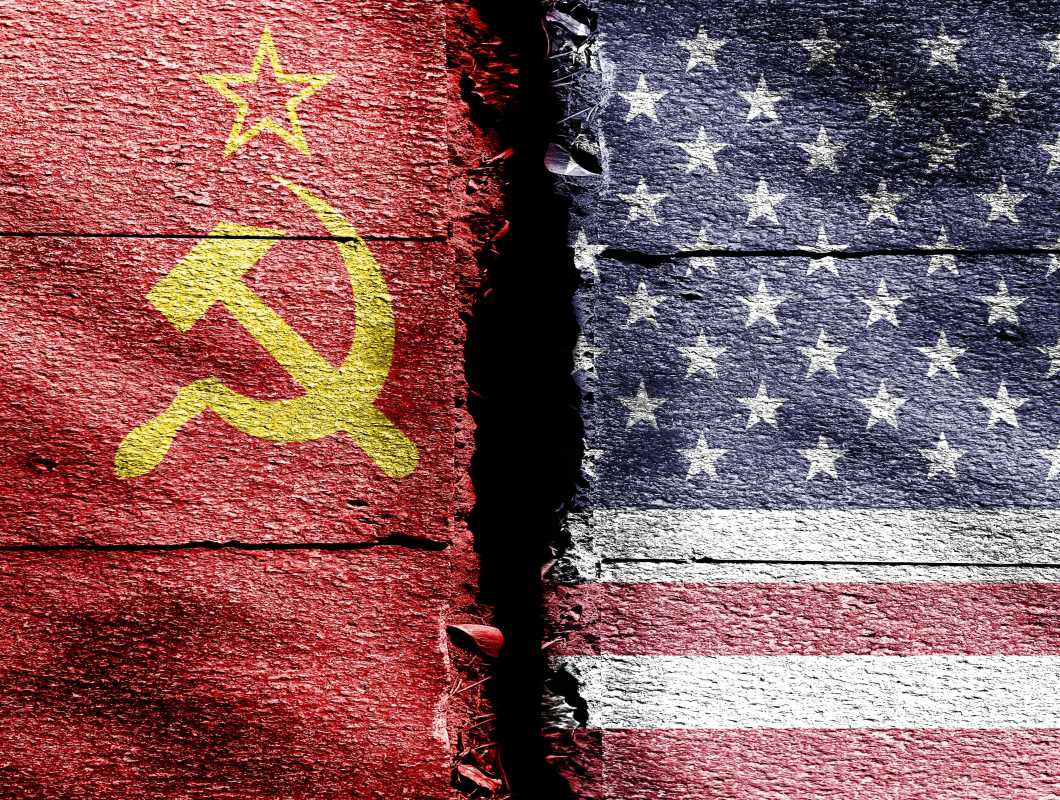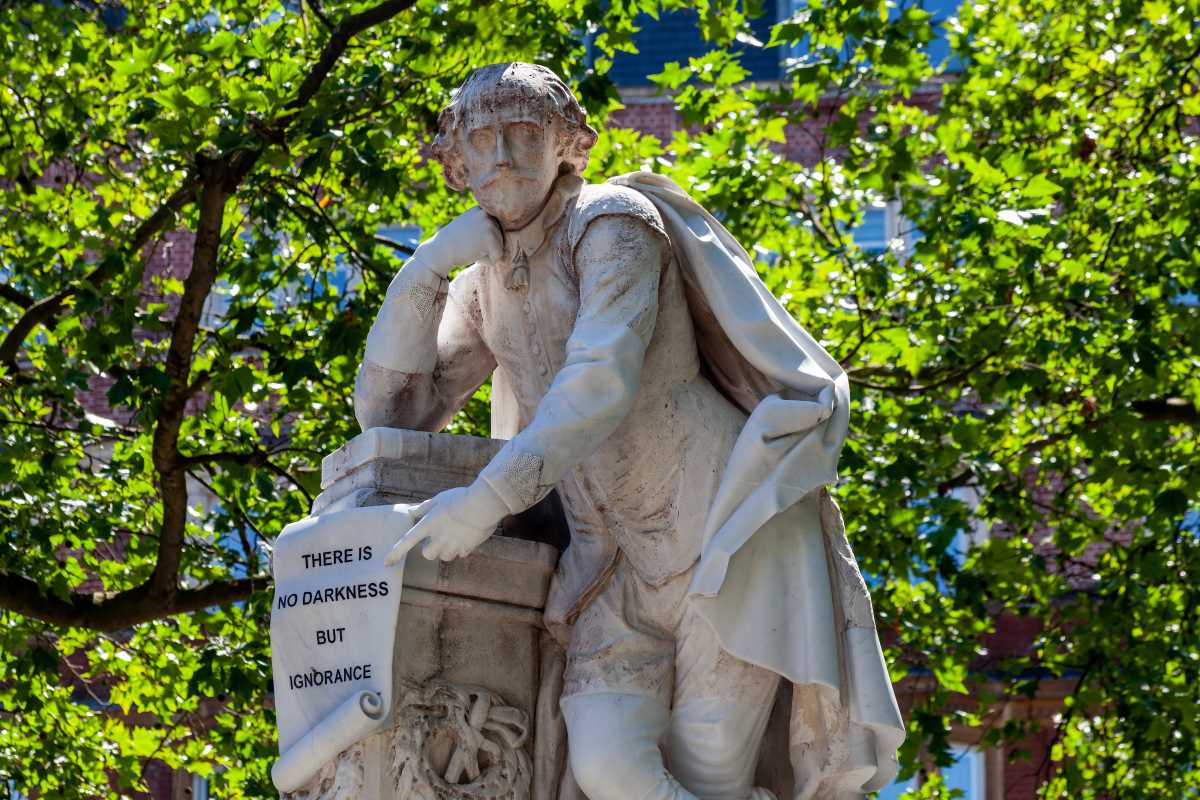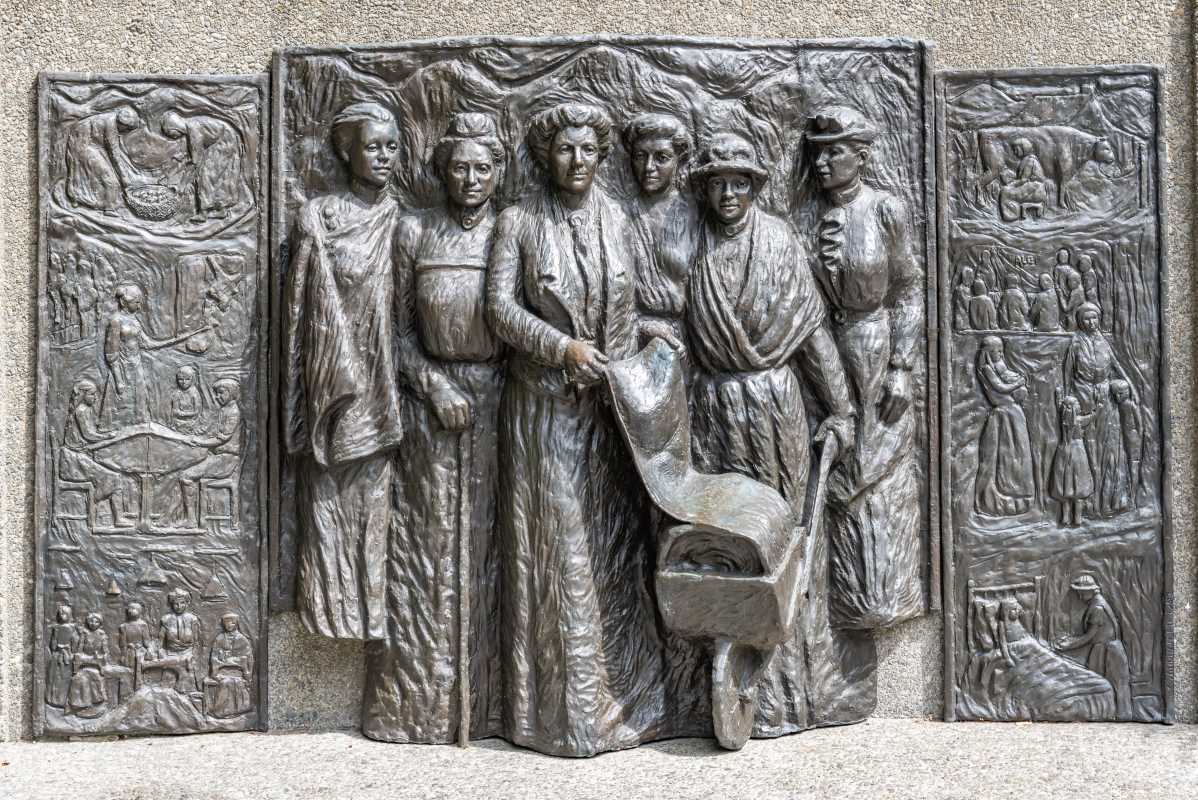During the early years of the Cold War, a wave of fear and suspicion swept across the United States. At the heart of this period was Senator Joseph McCarthy, who became infamous for his accusations of communist infiltration in the U.S. government and society. This era, known as McCarthyism, wasn’t just about politics; it redefined how media coverage could fuel fear and shape public opinion.
The term “McCarthyism” now symbolizes reckless accusations and scare tactics, but its legacy extends beyond that. It laid the groundwork for how modern media, including social media, amplifies narratives and frames national discussions. Understanding the McCarthy era helps us see how manipulation of information and public fear still play a role in shaping opinions today.
The Rise of McCarthyism
The roots of McCarthyism can be traced back to the fear of communism that grew after World War II. The U.S. and the Soviet Union, once allies, became rivals in a struggle for global influence known as the Cold War. Americans were increasingly worried about the spread of communist ideals and the possibility of Soviet spies operating within the country.
Enter Joseph McCarthy, a Republican senator from Wisconsin. In 1950, McCarthy grabbed headlines when he claimed to have a list of known communists working in the U.S. State Department. Although he never provided solid evidence to back up his claims, his accusations resonated with a fearful public. Thanks to widespread media coverage, McCarthy quickly became the face of the anti-communist crusade.
Fear, Paranoia, and Public Buy-In
One of the reasons McCarthyism gained so much traction was the media’s role in amplifying McCarthy’s claims. Newspapers, radio, and television eagerly covered his speeches and hearings, often presenting his accusations without questioning their validity. Sensational headlines and dramatic rhetoric fueled public paranoia.
This period also saw the rise of the House Un-American Activities Committee (HUAC), which conducted highly publicized investigations into alleged communist activity. Many individuals, including government officials, celebrities, and everyday workers, were accused of being communist spies or sympathizers. Those accused faced ruined reputations, lost jobs, and in some cases, jail time, even if there was no proof of wrongdoing.
Fear was key to McCarthyism’s success. People wanted to feel safe, and many saw McCarthy and HUAC as protectors of American values. However, this came at the cost of critical thinking. Accusations were often taken at face value, and dissent was seen as unpatriotic. These dynamics created a culture of fear and conformity where questioning authority became risky.
The Media’s Role in Shaping the Narrative
McCarthyism unfolded at a time when the media landscape was undergoing significant changes. Television was becoming a dominant medium, and reporters were learning how to use visuals and sound bites to grab public attention. McCarthy’s accusations, delivered in dramatic tones and often accompanied by theatrical gestures, were a perfect fit for this new media environment.
Televised hearings, including the infamous Army-McCarthy hearings in 1954, showcased the power of visual media in influencing public opinion. While some journalists and media outlets eventually pushed back against McCarthy, much of the early coverage treated his claims as headline-worthy without providing much analysis or skepticism.
This uncritical coverage helped legitimize McCarthy’s tactics and gave him a platform to spread his message. It also showed how media could be used to create a sense of crisis, even in the absence of concrete evidence.
The Fall of McCarthyism
Despite its early momentum, McCarthyism eventually lost steam. By the mid-1950s, McCarthy’s recklessness and lack of evidence began to catch up with him. A turning point came during the televised Army-McCarthy hearings, where attorney Joseph Welch famously asked McCarthy, “Have you no sense of decency, sir?” This moment exposed McCarthy’s bullying tactics and marked the beginning of his political downfall.
The media also played a role in dismantling McCarthyism. Journalists like Edward R. Murrow, a prominent broadcaster, used his program See It Now to critique McCarthy’s tactics and question the validity of his claims. Murrow’s direct approach showed that the media could hold powerful figures accountable, a reminder of the press’s potential to serve as a check on political overreach.
By the time the Senate formally censured McCarthy in 1954, his influence had waned. But the damage of McCarthyism continued to linger, from the lives ruined by baseless accusations to the deepening of public distrust in government and media.
How McCarthyism Inspired Modern Media Narratives
The methods used during McCarthyism didn’t disappear when the era ended. Instead, they evolved and became part of how media narratives are constructed today. Many of the tactics that were so effective in the 1950s can be seen in the 21st century, particularly in the age of social media.
Amplifying Fear
One key feature of McCarthyism was its ability to play on public fear. Modern media, especially social media, often amplifies fear in similar ways. Stories that evoke anger, fear, or outrage tend to generate more clicks and shares, meaning that narratives built on anxiety or division can spread quickly. From claims about security threats to conspiracy theories, the internet has made it easier than ever for fear-based narratives to gain traction.
The Power of Sound Bites
McCarthy’s dramatic accusations and snappy statements were tailor-made for the media of his time. Today, the importance of sound bites remains, particularly on platforms like Twitter and Instagram. Short, emotionally charged messages are more likely to go viral, even if they lack context or accuracy. This creates challenges for developing nuanced discussions around complex topics.
The Burden of Proof
McCarthy famously made sweeping accusations without providing evidence, trusting that the weight of his claims would draw attention. This tactic echoes in modern disinformation campaigns, where false or misleading information can gain millions of views before it’s debunked. The principle of “innocent until proven guilty” is easily overshadowed when accusations are repeated by influential voices and amplified by the media.
Polarization and “Us vs. Them” Narratives
McCarthyism thrived on the idea of division, framing people as either patriots or traitors. This kind of black-and-white thinking is common in today’s polarized media environment. Whether it’s political campaigns, debates about social issues, or international conflicts, narratives often oversimplify complex situations into “us vs. them” dynamics, making it harder for people to find common ground.
Lessons from McCarthyism
Looking back at McCarthyism provides valuable lessons for navigating modern media and public discourse:
- Question What You Hear: Not everything presented as a fact is true. Being skeptical of sensational claims is key to staying informed.
- Value Evidence Over Emotion: Emotionally charged narratives can cloud judgment. Look for facts and context before forming opinions.
- Recognize the Power of Media: Media shapes how we see the world. Being aware of this influence helps us think critically and avoid manipulation.
- Protect Civil Liberties: McCarthyism destroyed lives by ignoring fundamental rights like due process. Standing up for these principles is crucial, especially in times of crisis.
 (Image via
(Image via





